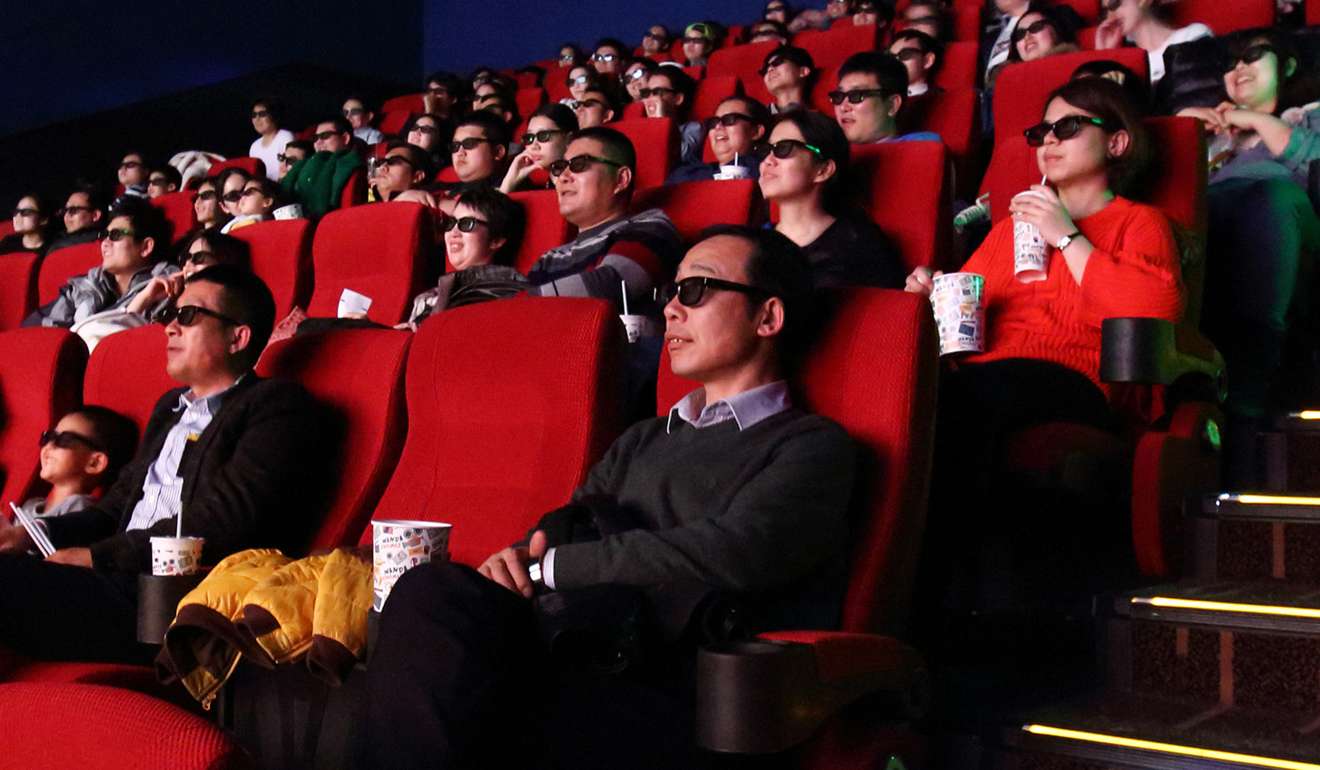
A brief guide to The Hong Kong film classification system
Following the recent controversy surrounding a ‘gay moment’ in Disney’s latest offering of Beauty and the Beast, we look into how Hong Kong classifies its films and decides what you can and cannot watch on a trip to the cinema
Just before the official release of Disney’s Beauty and the Beast on March 17, a Hong Kong family group joined the chorus of anti-LGBT outrage over the film’s inclusion of what director Bill Condon termed a “gay moment”.
But Enoch Tam Yee-lok, a programme director at the Hong Kong Baptist University’s Academy of Film, said he did not agree with the group.
“Category III films are classified as such mainly based on the level of violence, sex and foul language. ‘Gay moment’ does not fall into any categories mentioned above.”
Tam said the current classification standards had not witnessed any major amendments since 1999, although he it was more lenient than in the past. .
“In the past, a Cantonese version of the ‘F’ word would force a film to be classified as category III. But now very often we can see films with a few Cantonese ‘F’ words that are put in the IIB category. I think this is happening due to the tolerance of society towards the use of foul language,” he said. “Personally, I prefer to leave the classifications as simple as possible and I think the current system is good enough.”
FOUR CATEGORIES
Currently, films in Hong Kong are classified in four categories by the Office for Film, Newspaper and Article Administration:
I. Suitable for all ages.
IIA. Not suitable for young persons and children.
IIB. Not suitable for children.
III. Persons aged 18 or above only.

For the first three categories, the classification is advisory, while the final one is legally enforceable.
The Film Censorship Authority has to approve all productions for broadcast. The Board of Review, which oversees film classifications, has 10 members, plus an additional nine who are not public officers. It consults with 300 volunteers from all walks of life on a fortnightly basis, in an attempt to ensure films are being classified appropriately. Early films made and broadcast in Hong Kong were not originally subjected to classifications, but were generally fairly restrictive in their content as a result.
Film classifications were first introduced in the Movie Screening Ordinance Cap.392 on November 10, 1988, and were last amended in 1995.
HOW IT’S DONE
Classification standards: In classifying a film, the Film Censorship Authority has to consider whether it portrays, depicts or treats cruelty, torture, violence, crime, horror, disability, sexuality or indecent or offensive language or behaviour.
Category I
• Category I films are suitable for people of all ages. Children may view films in this category without supervision, as no distress or harm is likely to be caused.
• Films should not contain undesirable language expressions, nudity, sex or horror.
• Violence should be kept minimal and that it would not frighten, unnerve,
unsettle or cause pain to children.
Examples: Finding Dory (2016), Toy Story (1995), The Lion King (1994)
Category IIa
• Category IIa films are not suitable for children either in terms of its content
or its treatment or both.
• There may be a mild dose of bad language, nudity, sex, violence or horror.
Parental guidance is advised.
Examples: Doctor Strange (2016), The Pianist (2002), Transformers (2007)
Category IIb
• Category IIb films are not suitable for young persons and children. Viewers should expect the elements relating to bad language, nudity, sex, violence or horror in the films to be more intense than that of
• Parental guidance is strongly advised.
• The film may contain some crude expressions and sexual expletives.
• Implied sexual activity and discreet nudity scenes may be shown.
• There may be a moderate degree of violence and horror.
Examples: Red Dragon (2002), Road to Perdition (2002)
Category III
• Category III films should only be seen by adults. It is an offence to admit persons under the age of 18 to see the film.
Examples: The Untold Story (1993), Happy Together (1997), The Gigolo (2015)
Additional reporting by Yupina Ng


